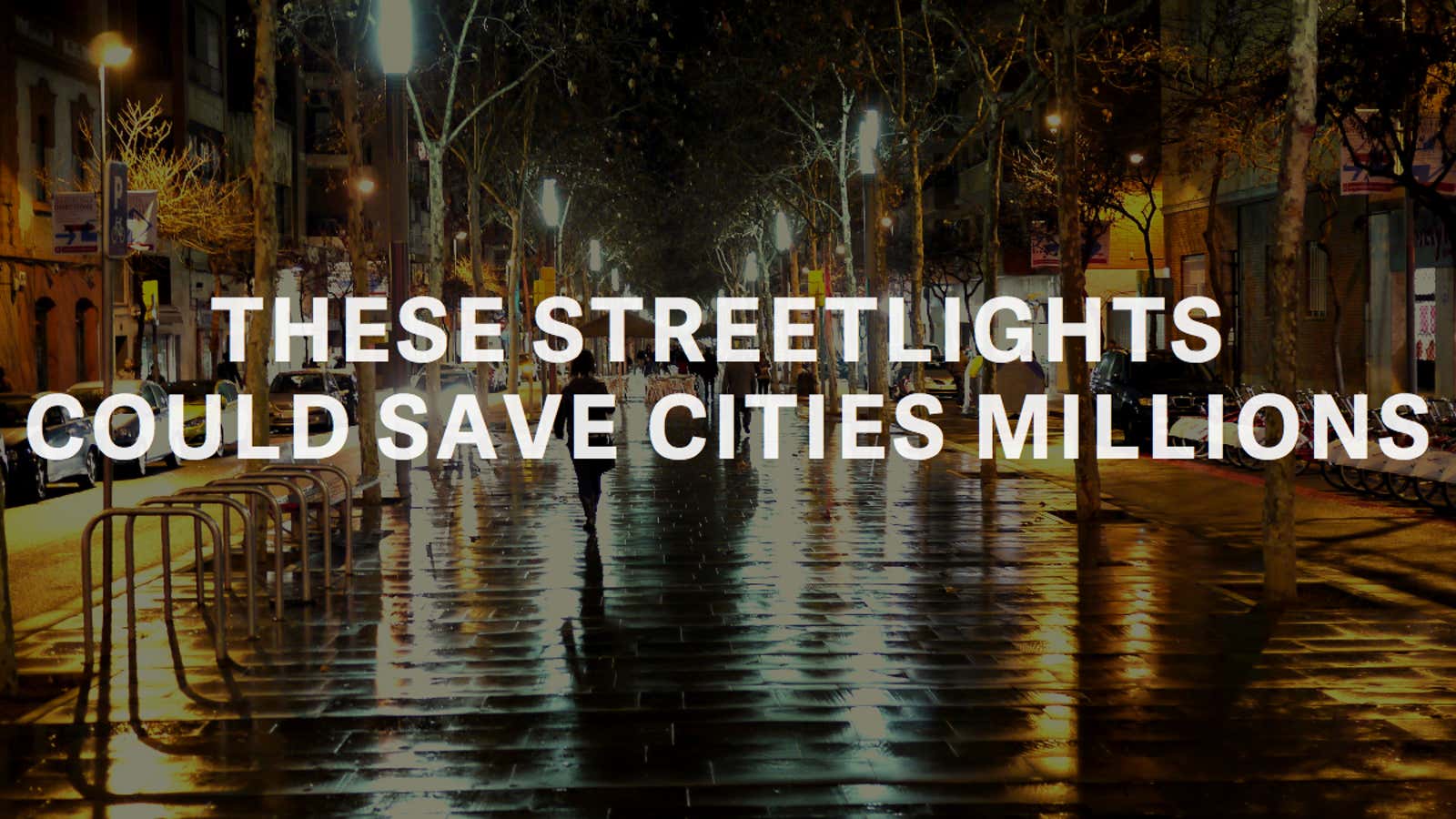Infrastructure improvement—once considered a dry topic—is having its moment in the limelight. Municipalities around the world are recognizing its crucial role in economic development and making decisions that affect millions of citizens. The financing required for infrastructure building and maintenance is at the forefront of the conversation, with current estimates of the next 15 years of global spending ranging from $60 to $70 trillion, with a shortfall projected of roughly $15 to $25 trillion.
Expected to house 67% of the global population by 2050, cities face particularly steep challenges. Whether in emerging markets where the lack of efficient water and power systems impedes modernization, or in the US and Europe, where decades-old highways and bridges are ill-equipped to handle modern traffic, the obstacles to building infrastructure fit for the needs of the future are diverse and daunting.
Employing public-private partnerships to close funding gaps is a potential solution, one that has been successfully tested in the UK, Australia and Canada. Alternate financing models—including plans used in London and proposed in New York—would raise tolls on bridges or roads to match increased use. But for cities and countries whose budgets are limited by political inaction, the best strategy might be focusing on approaches that offer ways to lower costs over time.
Green infrastructure is projected to be one valuable method. Urban areas that incorporate solutions such as green roofs, bioswales, permeable pavement, bioretention, and water harvesting not only attract federal funding—they are considered an effective way to fight rising costs associated with climate change. Lower outlays from reduced water treatment and energy use can lead to substantial savings over time. Hurricane Sandy inflicted $32 billion in damages on New York City in 2012—a year later, the city launched a resiliency plan that called for wetlands, a high-level sewer system (expected to save $1.5 billion over 20 years), and multiple other initiatives aimed at preventing similarly expensive damage from superstorms of the future.
Advances in intelligent infrastructure also offer some of the most exciting prospects: Using the Internet of Things and other forms of digital technology, cities could get more out of existing systems via analytics programs and sensors that have become both cheaper and more advanced.
One successful case study of this approach can be found in Barcelona. The city—like so many others—was searching for ways to stave off economic and developmental stagnancy following the 2008 recession. To help save money and optimize the urban infrastructure, the local government employed the latest computing technologies and embraced “smart city” initiatives in 12 areas, including water and lighting.
This helped reduce congestion and emissions via sensors that led drivers to empty parking spaces; created a sensor network to monitor precipitation and humidity, allowing officials to target irrigation; and installed nearly 20,000 smart meters to measure energy consumption and improve efficiency, among other efforts. In total, Barcelona calculates that it saved $37 million from smart lighting, $58 million from smart water measures, and increased cash flow from parking by $50 million, thanks to the city’s IoT implementation.
In Los Angeles, a simple move of switching the city’s street lamps to LED bulbs equipped with mobile sensors is saving the city $8 million a year. And most Americans probably recall the disastrous and deadly collapse of a bridge in Minneapolis in 2007—today the “smart bridge” that replaced it is outfitted with over 300 sensors that track temperature, vibration and possible corrosion, among other factors. Similar technology is being used in bridges across the US to anticipate similar tragedies before they can happen.
Among transportation experts, mobility-focused digital innovations like apps that encourage car-sharing and microsimulations that predict travel demand are expected to be essential for the safe and efficient growth of the 21st-century city, as reported in a new study from EY. These localized tools help bring a level of precision to a field that sometimes suffers from fuzzy thinking—a microsimulation in Sydney, Australia, for example, helped show that employing ride-sharing in autonomous vehicles to transport children to and from school could have a small but significant impact on traffic congestion.
Similar technology-enabled measures are expected to have equally positive effects in cities around the world, especially in urban areas in Asia, which, along with Africa, is due to see the biggest urbanization growth in the next few decades. A report issued by the GMS Association estimated that Bangkok—infamous for its gridlock and nightmarish traffic jams—could save up to a billion dollars a year by using intelligent transportation systems, which could improve traffic, cut emissions, and boost productivity.
Employing technology to reduce the long-term cost of infrastructure is likely to become only a larger phenomenon in the coming years. According to an EY report looking at rising megatrends affecting the urban world, the number of IoT units used in smart cities could increase to nearly 10 million by 2020. By embracing strategies to connect existing infrastructure to digital networks that can make the most efficient use of them, metropolises can save in the present and invest in the future.
EY’s Better Questions series asks some of the tough questions faced by today’s global businesses. Better questions. Better answers. Better working world. Discover more. #BetterQuestions
This article was produced on behalf of EY by Quartz creative services and not by the Quartz editorial staff.
